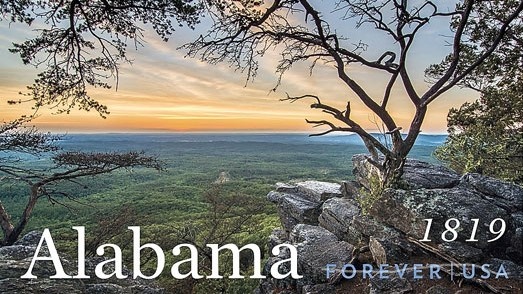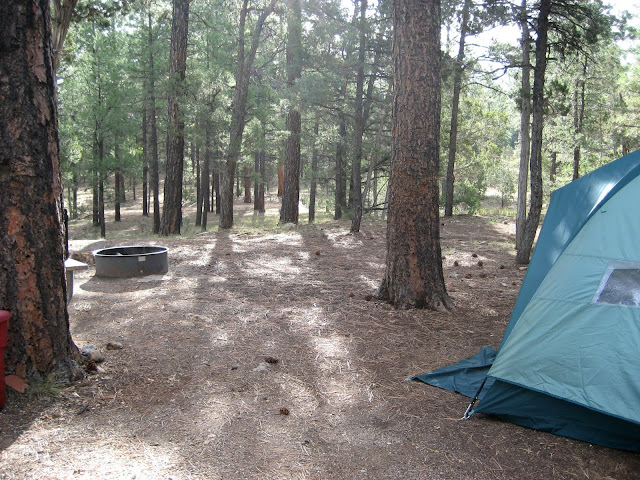On Build thus far
- Word of the Year 2020: Build 1: After the Floods
- Word of the Year 2020: Build 2: Fronterista
- Word of the Year 2020: Build 3: "House"
- Word of the Year 2020: Build 4: Chosens
- Word of the Year 2020: Build 5: It Takes a Village
- Word of the Year 2020: Build 6: Elevation
- Word of the Year 2020: Build 7: Trail Building
- Word of the Year 2020: Build 8: Money
- Word of the Year 2020: Build 9: Health
- Word of the Year 2020: Build 10: Service and Activism
- Word of the Year 2020: Build 11: Relationships
- Word of the Year 2020: Build 12: Creative Life
This end-of-the-year Build post is about rootless goals I want to achieve.
The thing about being rootless is that .... I'm rootless, so maybe having a rootless goal is an oxymoron?
During this COVID time, I've been tutoring one of my descendants - let's call her Sparkle - in some of her schoolwork. We've been reading a book together for her reading class. We encountered a simile, "like a burr clings to wool," and I asked Sparkle if she knew what a burr was. No, but as we talked about its characteristics, she said, "Oh, a stick-tight!" Yeah!
My rootlessness is a bit like being a stick-tight or a burr in that where I end up isn't a sure thing at all. I'm on a ride and maybe I'll sprout roots where I fall off my travel host, and maybe I'll re-attach to another moving host, to be carried off to some other destination.
This reminds me of the mysterious cup o' roaches in Bernalillo, New Mexico, some years back.
 |
| Cup o' roaches, Bernalillo, New Mexico. |
Whose Invisible Hand put the roaches in that cup? Did I see the critters in their original plunking-down spot or did I see them in their second, ninth, or 100th spot? When a random boy ran past me, scooped up the cup, and carried it away with him, where did he plunk it down? What happened to the roaches after that? Did I witness the explanation of the universe?
Seriously, though:
My rootless goals for today, maybe not tomorrow, or even an hour from now
- Be alert for the place I will root when I'm 70ish >>>> AND be open to rooting at any time, because I am not under contract to my current rootlessness
- Push hard against Goddess Inertia, even in isolationist COVID-19 times. It is not enough to move to a new geographic location each year - it is mission critical to embed myself in the new geography, new people, new traditions - else why am I rootless at all?
- Try out new experiments in living arrangements, portability, and minimalism, such as my current auditioning of cardboard boxes as furniture
- Stay curious
















